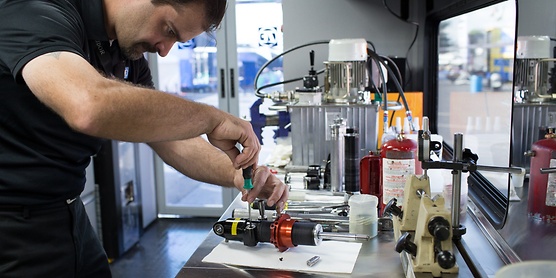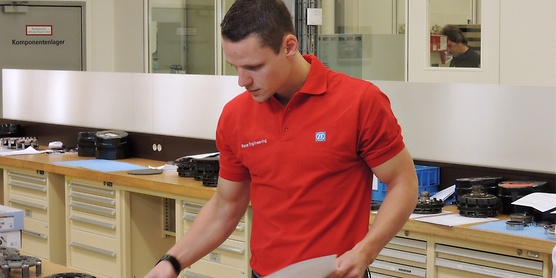OE kalitesi
SACHS ürünleri üst düzey kaliteli malzemelerden üretilmiştir ve son teknolojiyi yansıtır. Yüksek performansı ve güvenilirliği simgeler. Bu yüzden tanınmış otomotiv üreticilerinin büyük bölümü araçlarında SACHS ürünlerini kullanmaktadır: Her yıl 10 milyondan fazla yeni araç SACHS sönümleyici ve amortisörlerle donatılmış şekilde üretim hattından çıkmaktadır.
Buna ek olarak SACHS, orijinal ekipman üreticileri ve yedek parça pazarı için yüksek kaliteli debriyajlar sunmaktadır.
SACHS tarihçesi
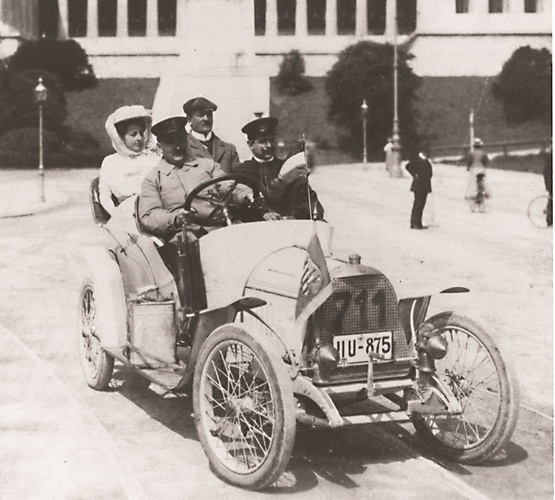
Her şey nasıl başladı
SACHS'ın öyküsü, markaya adını veren alet üreticisi Ernst Sachs'ın 1894 senesinde ilk bisiklet tekerlek göbeği için patent başvurusu yapmasıyla başlamıştır. Bir sene sonra Ernst Sachs bir tüccar ve sermayedar olan Karl Fichtel ile birlikte "Schweinfurter Präzisionskugellager-Werke Fichtel & Sachs" (hassas bilyeli yatak üretim fabrikası) şirketini kurmuştur.
Sonrasında, bugün de olduğu gibi, ifade edilen felsefe hem ürün kalitesi, hem yenilik, hem de müşteri hizmeti bakımından rekabet edilen firmalara göre teknolojik açıdan açık şekilde önde olmayı sürdürmek olmuştur.
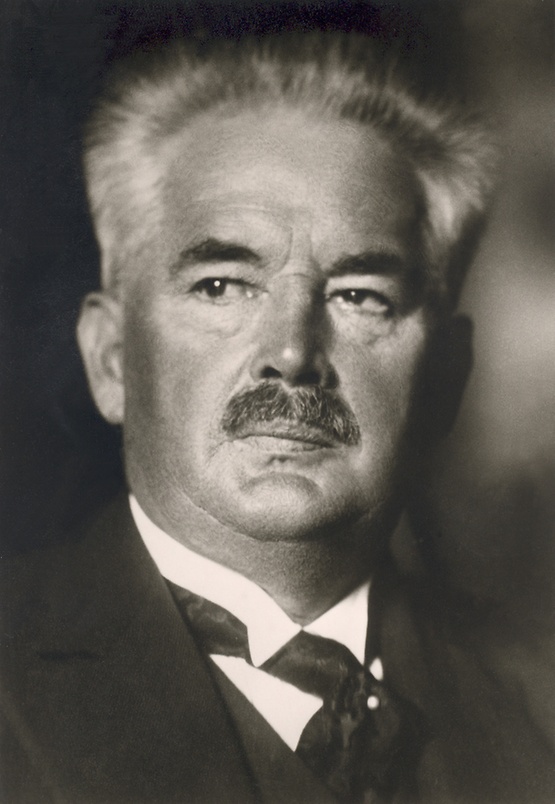
1867 yılında Konstanz'da doğan Ernst Sachs'ın teknik mekanizmalara karşı aşırı bir ilgisi ve küçük yaşından itibaren spora karşı tutkusu vardı. Amatör bir sürücü olarak ilk başarısını bisiklet yarışında elde etti, fakat bisikletlerin yataklarının yeterince düzgün çalışmadığını fark etti. Mükemmelliğe karşı çabası en sonunda ilk hassas göbeğin geliştirilmesini sağladı. Schweinfurt'a taşındıktan sonra, başarılı bir tacir olan Karl Fichtel ile tanıştı.
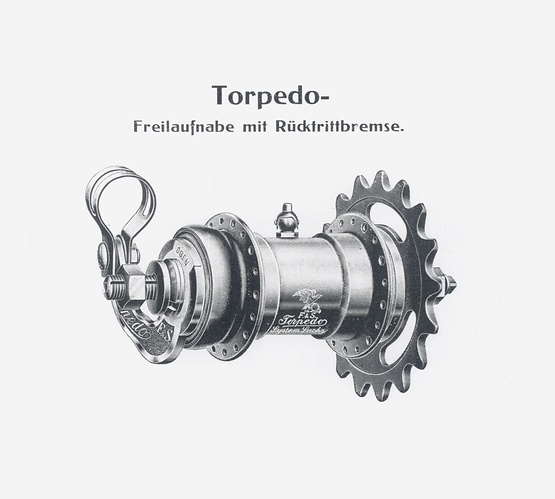
Sachs'ın icadının patentinin alınması, bilyalı yatak ve bisikletler için tekerlek göbeklerinin üretiminin yapılması için 1 Ağustos 1895 tarihinde Schweinfurter Präzisions-Kugellager-Werke Fichtel & Sachs"in kurulması ortak kararının alınması ile sonuçlandı. Bisikletlere yönelik Torpedo bağımsız tekerlek göbeğinin 1903 yılında piyasaya sunulması, şirketin yükselişinin de başlangıcı olmuştur. Bir toplu taşıma aracı olarak bisikletin çıkışı, 1905 yılında hızlı bir büyümeyi de beraberinde getirmiştir ve o dönemde Fichtel & Sachs şirketleri 900 kadar çalışana sahipti.
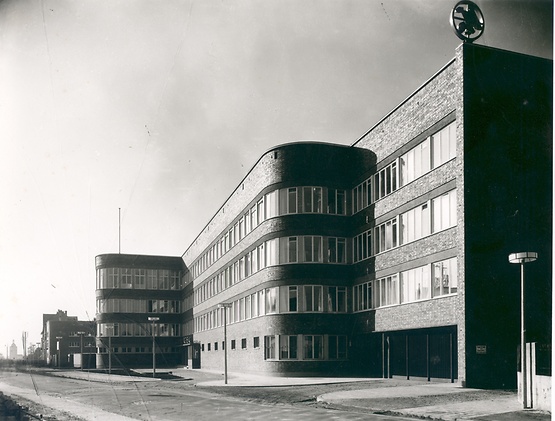
Ticaret Direktörü Karl Fichtel beklenmedik şekilde 1911 yılında vefat edince Ernst Sachs, yaklaşık 2600 çalışına sahip büyük bir şirkete dönüşmüş olan şirketin yönetimini tamamen kendisi üstlendi. Ekonomik kriz bağlamında Sachs, 1929 yılında bilyalı yatak bölümünün satışını yapmadan önce 1923 yılında şirketi kurumsal bir şirkete dönüştürmüş ve araç motorları, debriyajlar, sönümleyici ve amortisörlerin üretimine odaklanmıştır. Son yeniliklerinden birisi de, 1932 yılı itibariyle önemli üreticilerin küçük motorlu bisikletlerin neredeyse hepsinde kullanılan hafif iki evreli motor olmuştur. Mucit aynı yıl içerisinde vefat etmiş ve şirketi oğlu Willy devralmıştır.1945 yılında, savaşın getirdiği kargaşadan sonra, Schweinfurt'taki fabrika tesislerinin yüzde 67'si tahrip olmuş, fakat buna rağmen yıl sonunda üretim tekrar başlamıştır. Motorlu bisikletlere yönelik iki vitesli şanzımana sahip efsanevi "Sachser" 50 cc motoru ile birlikte ellili yılların başında yeni satış başarısı elde edildi.

Diğer yenilikçi geliştirmelerin pazardaki başarısı ile Schweinfurt'ta bulunan ana tesis, 1969 yılında boyut olarak ikiye katladı. Bununla beraber birkaç şirket satın alındı ve kurumsal şirket, Mannesmann AG tarafından hisselerin çoğunluğu 1987 yılında satın alınmadan önce Kuzey Amerika'da ilk adımlarını attı. Şirketin küreselleşmesi devam etti ve 1995 yılında Fichtel & Sachs dünya genelinde 38 üretim ve satış şirketi ile temsil edilmeye başladı. ZF Sachs AG olarak adı değiştirilen şirket, 2001 yılında ZF Grubun bünyesine katıldı ve 2011 yılında ZF Friedrichshafen AG ile birleşti. Bugün ise SACHS markası ürünleri, LEMFÖRDER, TRW, WABCO ve BOGE markaları ile birlikte ZF Aftermarket tarafından uluslararası çapta başarılı bir şekilde satılmaktadır.
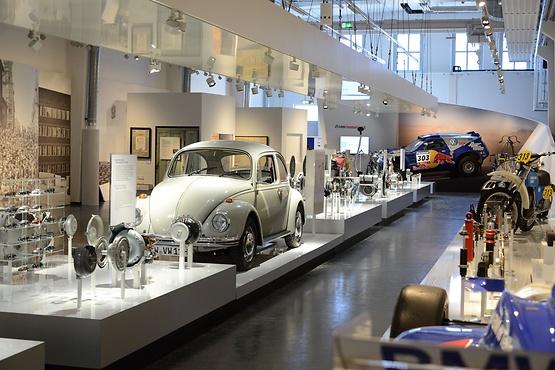
SACHS markasının ve ailesinin maceralı ve başarılı hikayesi, Mayıs 2015 tarihinden bu yana Schweinfurt'taki ZF tesislerinde bir sergi olarak gösterilmektedir. 850 metre karelik yeniden yapılmış eski bir üretim dükkanında ziyaretçiler sadece şirketin tarihçesini değil aynı zamanda birçok sergi bulacaktır. Tarihi somutlaştırmak ve ziyaretçilere birinci elden tecrübe sunabilmek için sergi dört bölüme ayrılmıştır: 1895 -2011 arası şirketin tarihi, teknolojik gelişmeler ve dönüm noktaları, Formula 1'e kadar motor sporlarındaki kararlılık ve e-mobilite ve hafif tasarımdaki güncel gelişmelere bakış.
SACHS ürün yelpazesi̇

Sınırları aşan kalite
SACHS, çeşitli uygulama alanları için neredeyse tüm araç tiplerini kapsayan ürünler üretmektedir. Bu, Avrupa ve aynı zamanda Asya araç piyasası için geçerlidir. Bugün sadece Avrupa'da SACHS yedek parça portföyü, Asya menşeli çeşitli üreticilerin sunduğu 38 milyondan fazla araç için amortisör ve sönümleyiciler içermektedir. Bu, geniş bir model yelpazesinde SACHS kalitesine inanan ticari partnerlere, servislere ve araç sahiplerine güven vermektedir.

Motor sporları uzmanlığı
SACHS ile ZF, profesyonel motor sporlarına aktif şekilde dahil oldu. Çeşitli takımların tedarikçisi olarak SACHS şimdiden 100'den fazla galibiyette rol oynamış ve motor sporlarında büyük deneyim kazanmıştır. Bu deneyim, SACHS ürünlerinin geliştirilmesi ve üretiminde kullanılmaktadır. Bunun sonucunda her SACHS ürünü motor sporları uzmanlığını içerisinde barındırmaktadır.
Sizin için Diğer Hizmetler
461/2010 sayılı (AB) tüzüğüne göre Kalite Belgelendirmesi
ZF Aftermarket SACHS markaları ile satılan Ürünler, 27 Mayıs 2010 tarihli ve 461/2010 sayılı (AB) Yönetmeliğinin Madde 1 Şekil (1) h) kapsamında yer alan yedek parçalardır; ayrıca adı geçen yönetmeliğin otomobil satışı ve otomobil servisi ile otomobil yedek parçalarının satışı ile ilgili dikey sözleşmelerdeki kısıtlamalara dair ek kılavuzun Şekil (19) ve/veya (20) kapsamında belirtilen kriterleri karşılamaktadır.







